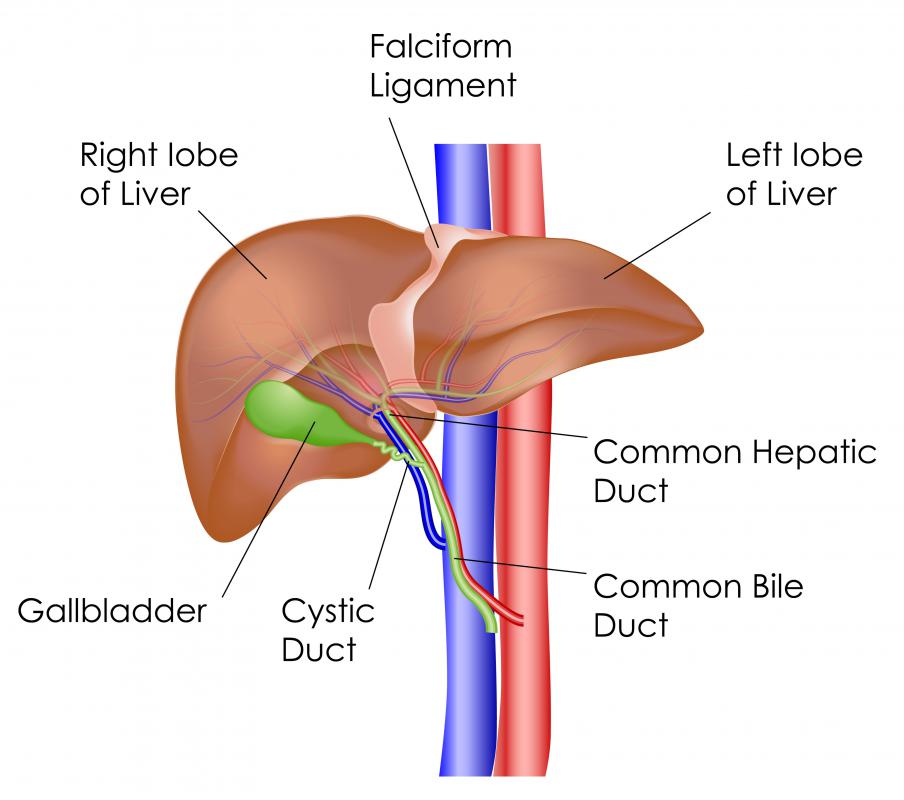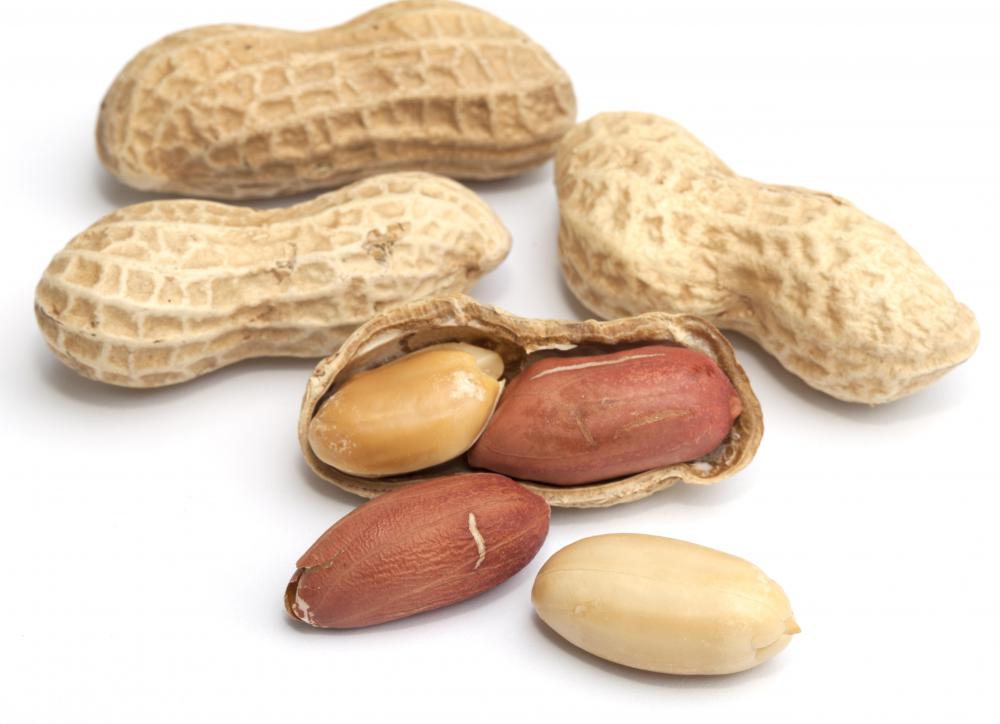At WiseGEEK, we're committed to delivering accurate, trustworthy information. Our expert-authored content is rigorously fact-checked and sourced from credible authorities. Discover how we uphold the highest standards in providing you with reliable knowledge.
What is a Cholecystectomy?
A cholecystectomy is a surgical procedure in which the gall bladder, a small organ located under the liver, is removed. This procedure is performed in cases when patients experience chronic gallstones which cannot be resolved, or severe gallbladder inflammation which does not clear or which threatens other organs. Gallbladder carcinoma, a very rare condition, is also an indicator for gallbladder removal. This procedure is classically performed by a general surgeon.
The vast majority of cholecystectomies are performed laparoscopically, with the use of cameras and surgical tools inserted through very small incisions in the skin. In some cases, it may be necessary to perform open surgery, which involves the creation of a large incision which allows the surgeon to see the site directly. Surgeons try to use laparoscopic options whenever possible, as the healing time is greatly reduced with this type of surgery. However, patients should be aware that even when a laparoscopic cholecystectomy is scheduled, it is sometimes necessary to switch to an open surgery.

This abdominal surgery is performed under general anesthesia. Prior to the procedure, the patient will be asked for blood samples so that the doctor can confirm that the patient is in good physical condition, and the patient will also usually meet with the anesthesiologist to discuss pain management and what to expect. After the surgery is finished, the patient is moved to recovery and monitored until he or she is fully conscious. The gallbladder may be sent to pathology for further study.

Patients who receive a laparoscopic cholecystectomy usually can return to work and regular duties within a week, while healing times after open surgery can take four to six weeks. Complications of the surgery can include adverse reactions to anesthesia, infections, or damage to the bile duct. In the long term, patients usually have trouble digesting fats, because they don't have a reservoir of bile anymore, and many patients experience chronic diarrhea in the wake of a cholecystectomy.

Signs that a patient is experiencing complications can include: strong-smelling discharges from the surgical site, yellowing of the skin, nausea, repeated vomiting, color changes in the skin around the surgical site, and a sensation of heat and tenderness around the incision. Patients who experience these symptoms should seek medical attention, explaining that they have recently undergone a cholecystectomy. In the cases of patients with uncomplicated recoveries, follow-up appointments with surgeons are still recommended to confirm that the incision has healed properly and that the gallbladder has been satisfactorily removed.
AS FEATURED ON:
AS FEATURED ON:


















Discussion Comments
@allenJo - Unfortunately, many people who have this surgery do so in extreme cases. Doctors don’t perform these procedures lightly. Usually nothing else will work at this point, not even dietary change.
However, people who have the surgery are usually put on a post cholecystectomy diet consisting of fruits and vegetables, like you said, to make sure that the problem never returns.
@Mammmood - It most certainly does serve a useful purpose. It basically holds the bile that is left over from the digestive process of your liver as it attempts to break down fats.
Where will that bile go without the gallbladder? It may stay in your liver far longer, which could lead to bile stones, or at minimum it may send you to the bathroom more often.
Personally, I’m not at all in favor of this kind of open cholecystectomy surgery, except in an extreme cases. I think the best thing is to change your diet to include a drastic reduction in saturated fats and a complete cleansing of your digestive system.
With this surgery I think you are just treating the symptom, not the cause. Of course I am not a doctor and this is not medical advice. But I think lifestyle changes are what is really needed.
What then is the purpose of the gallbladder if you can live without it? Surely it’s not like an appendix? I think the gallbladder serves a more useful purpose.
Post your comments